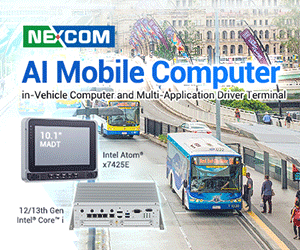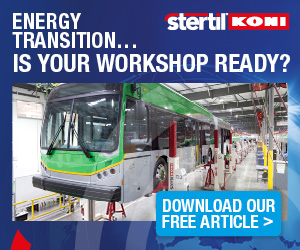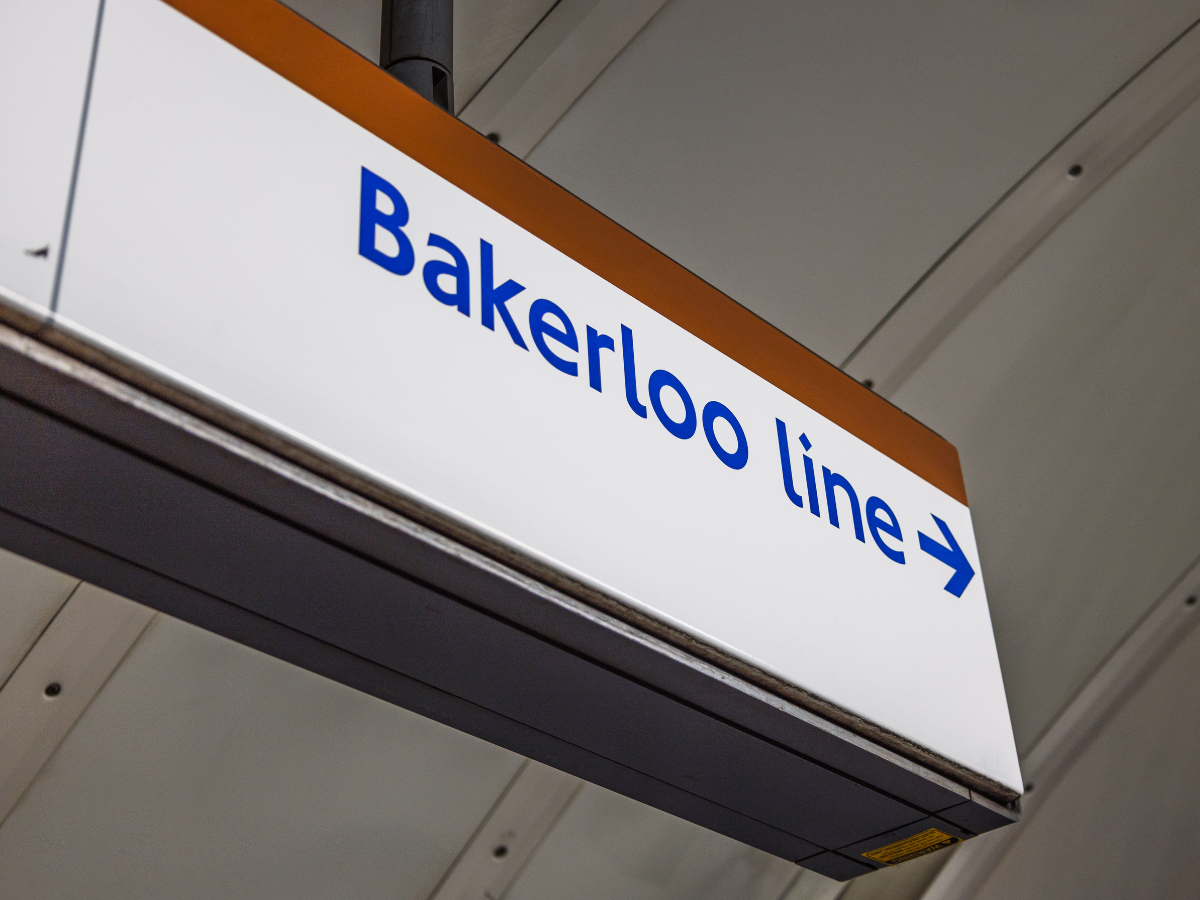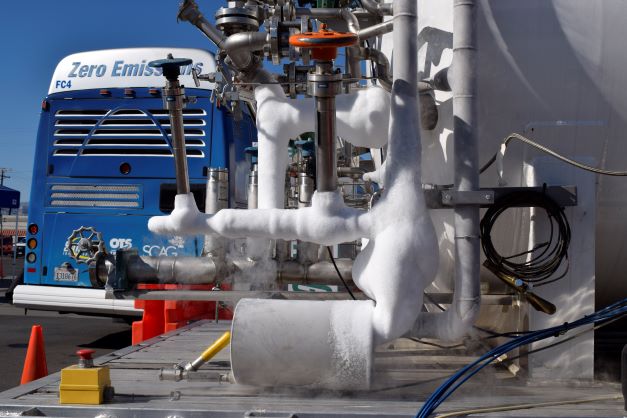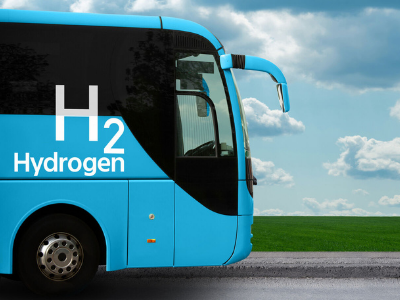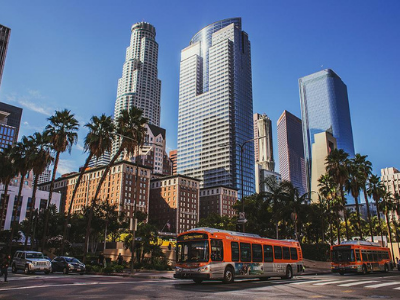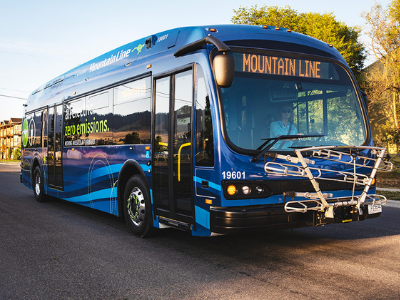VTA Partners with Proterra and Scale Microgrid Solutions to Charge 34 Electric Buses with Solar-Powered Microgrid
- VTA to install solar and battery storage microgrid and EV fleet charging for electric transit buses with Proterra and Scale Microgrid Solutions
- Microgrid will enable VTA to operate electric buses during power outages
- Project is expected to deliver VTA savings on electricity costs and reduce emissions
- Transit agency will deploy two Proterra fleet chargers to power 34 electric transit buses
The Santa Clara Valley Transportation Authority (VTA) will install an innovative clean energy microgrid and EV fleet charging system with Proterra and Scale Microgrid Solutions to help power the agency’s transition to a 100% zero-emission bus fleet, following a grant that was awarded for the project by the California Energy Commission this week.

In the event of an extended power outage, such as a public safety power shutoff, electricity stored in the microgrid’s battery storage system can provide back-up power at VTA’s Cerone bus yard to allow the agency to continue operating battery-electric buses, serving riders and providing emergency transport if needed.
The solar PV and battery energy storage system will give VTA operational flexibility on when to purchase the utility power needed to charge its vehicle fleet, saving the agency on its electricity costs and further reducing its total operating costs compared to continued diesel bus operations.
Adam Burger, Senior Transportation Planner with VTA, said:This project combines several VTA goals. It shifts us toward greener sources of energy, saves VTA money that can be reallocated to other operating needs and provides the infrastructure to charge our next batch of zero-emission buses. Our riders will benefit from a newer, quieter fleet and we will decrease our contribution toward climate change and poor air quality.
During a typical day, the clean energy microgrid will allow VTA to produce low-cost renewable energy and purchase off-peak energy from PG&E that is then stored in the battery storage system for consumption during peak price periods. The energy cost savings gained through the project can be put toward the agency’s other operating needs, like transit service.
Expected to come online in late 2023, the project showcases how clean energy paired with fleet-scale EV charging can enable the adoption of fully-electric vehicle fleets and further reduce greenhouse gas emissions.
Tim Victor of Scale Microgrid Solutions, said:California’s electric grid needs distributed energy resources in order to support fully electrifying its transportation sector. The system we are deploying for VTA will set the example of how distributed energy will alleviate many of the risks associated with the energy transition and provide cleaner, cheaper and more reliable charging power.
In conjunction with Proterra and Scale Microgrid Solutions, VTA will deploy approximately one-and-a-half megawatts of solar on-site via available rooftop space and an overhead carport canopy at the agency’s Cerone bus yard. The solar PV is paired with a battery storage system that can store four-megawatt hours of usable electricity and one megawatt of peak output power to provide back-up electricity at the bus yard for up to 20 hours of emergency operations. For extended outages, VTA has the option to easily connect a temporary generator to provide additional backup power for fleet operations. The agency will also install two Proterra one-and-a-half megawatt fleet chargers to power 34 electric transit buses.
Chris Bailey, President of Proterra Powered & Energy., said:If the lights go out, transit agencies and fleet operators need to know that their electric vehicles will be there for the communities they serve. We’re excited to bring local clean energy and EV fleet charging to help VTA power through outages to deliver essential transportation services as they transition to a zero-emission bus fleet.
The microgrid and charging infrastructure will be linked together by a switchgear and controls package designed by Schneider Electric for robust and dependable operations.
Consistent with the California Air Resources Board’s requirement for public transit agencies to transition to 100% zero-emission fleets by 2040, VTA is working to achieve this important goal by 2036.
This article was originally published by Proterra.


